The words “full moon” in many languages

It is said that there are more than 6,000 languages worldwide (this is hard to imagine) and it is a fascinating concept to think, there are probably as many words for “full moon”.
Here we begin our little journey to the full moon. A few words about the fascinating quest of the greater purpose, that includes the full moon circulating through our lives. In layman’s terms and not always scientific (astronomy experts – don’t look too closely!). We would like to wish you illuminating moments. Enjoy!


It is said that there are more than 6,000 languages worldwide (this is hard to imagine) and it is a fascinating concept to think, there are probably as many words for “full moon”.
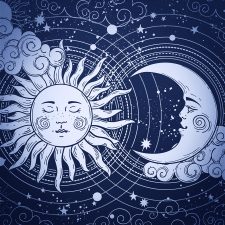
A full moon is when the Sun and the Moon are facing opposite, being in opposite direction from an Earth perspective.
This might feel astonishing if one imagines that the Moon is on one side, the Sun on the other and the Earth in between? Shouldn’t the Earth throw a shadow onto the Moon? Bingo – this is exactly what she does! But only when the Moon is exactly on the Earth orbit, the so called “ecliptic”. When this takes place, we speak of a lunar eclipse!
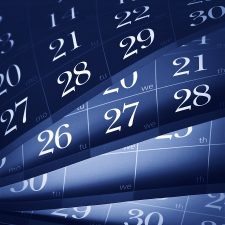
The Moon needs 27.33 days to circle around the Earth. Something that is also referred to as “sidereal time”. But because the Earth orbits the Sun, just like the Moon orbits the Earth, the Moon has to travel two further days in order to resume the same position to the Earth and Sun. This is then called the “sidereal time”. In order to determine the point of time of the reoccurring full moon, the sidereal time serves as basis.
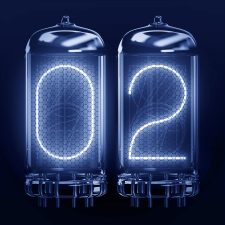
We already know now that the moon month is mostly shorter than the calendar month, being on average approximately 29.5 days. If full moon falls on the first or second of a month, it is possible that another full moon occurs in the same month, for instance in July 2004:
Friday, 2 July 2004, 01:08:54 pm
Saturday, 31 July 2004, 08:05:06 pm
This event is also known as “blue moon”.

The answer is: “everywhere at the same time”. This refers to the so called Universal Time (UT) though, which is used for general astronomical events. We have already learnt that full moon is an astronomical event, where the moon, sun and the earth play a role by being in a specific position. So, full moon takes place at a specific time in the outer space. This point of time is specified by astronomers namely by the Universal Time.

There are multiple ways of approaching this question. If we look at it from a purely theoretical standpoint, we might be tempted to say that the full moon is infinitely short, since the phases of the moon are changing continuously. The moon is not yet quite full shortly before the full moon, and is already waning shortly afterwards.
However, there is a practical aspect that lets us quantify the full moon as a finite and measurable span of time: Since the Sun is significantly bigger than the Moon, its rays are able to reach just a little over half of the Moon’s surface. This means that the timespan in which the visible side of the Moon’s surface is irradiated (as seen from Earth) is longer than infinitely short.

Whether scientists, astrologers or esoterics, they agree on one thing: the moon influences earth and life on earth. For instance, it regulates the tides through its magnetism. Also continents feel the consequence of this magnetism and either raise or lower their position sometimes up to 26 cm.

In nature it is a known fact: for some animal species, mating takes place at full moon. However, the examples that can be found on this subject are rather simple. Full moon serves in some cases indirectly as the cause (for instance through the high water levels during the tides that the horseshoe crab uses to deposit its eggs) or also as the signal for both sexes of a species to begin at the exact same time to safeguard their future existence (a particular type of fly or also corals). It is understood that also wolves are led by full moon when it is time to mate.

… that people are looking for an argument at full moon or are especially happy …
… that if full moon is surrounded by a haze, a person dies …
… that you raise your hat three times to the moon (being a man) or you make a curtsey (being a woman), in order to protect yourself from misfortune until the next full moon …
… that whoever does not chink glasses with full moon at least once, does not deserve any happiness [Greek toast] …
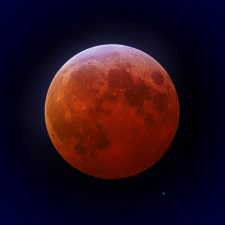
During a lunar eclipse, the Moon moves through the shadow of the Earth. Which means, that the Earth is positioned quite exactly between the Sun and Moon and casts its shadow onto the Moon. This is only possible at full moon and if some other requirements are met. Depending on whether the moon passes the partial or the core shadow of the Earth, we speak of a partial or total lunar eclipse.
Who doesn’t know the bilious green, clumsy and yet endearing ogre with a heart of gold. »Shrek« is a series of computer animated motion pictures, which was the most costly computer animated production with their first part when it was released back in 2001, and awarded with an Oscar for best animation in 2002. The story is based on the children’s book »Shrek!« by the American cartoonist and children’s book author William Steig. The title derives of Yiddish and means »terror«. The movie was so successful that further sequels followed.

Repeated attempts have been made creating a connection between lunar phases and natural disasters. To our knowledge, it has not been possible so far, to establish nor prove a causal link. Of particular note is the well known earthquake and tsunami in the Indian Ocean in 2004, which happened at the full moon. Was this a coincidence? Were there other tsunamis that occurred during a full moon?
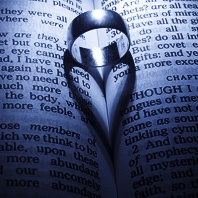
In German we call the weeks after the wedding »Flitterwochen«, which has really no relevance to the moon. In many languages it is referred to as »honey moon«, which derives from »honey month« and therefore denotes a specific time with particular sweetness after the wedding. However, not always has the connection to the moon been interpreted positively, because one saw in the waning of the Moon the symbol of the decline of attraction that the happy couple would experience during the course of years after the wedding.

Although, one could assume that the following concerns vampires or werewolves, we occupy ourselves with another kind of bite, namely the bite of animals to humans. There is a study of the E.R. department of the Bradford Royal Infirmatory in Bradford, England from 1997–1999. Here, the question, whether animals bite more often at the full moon, has been investigated. 1,621 patients were looked at, who had been treated for animal bites. The majority of affected patients had been bitten by dogs (95.1 %), others by cats (3.4 %), horses (0.8%) and rats (0.7 %). The surprising aspect of this study is, that indeed a significant connections could be detected between the full moon happenings and the animal bites. Hence, this should be the first study, known to us, which provides such a result!

A moon bridge is a pedestrian bridge, of which the semicircular arch completes a full circle through its reflection in the water and reminds of the full moon. In the old days, the high arch especially, served the purpose for barges to comfortably pass through underneath. Moon bridges originate in the Asian culture and were often built in Japanese and Chinese gardens. The mostly used materials were wood, stone and metal.

The German painter Lovis Corinth (1858–1925) is considered one of the most important representatives of German Impressionism, in his late work also Expressionism. In 1919, his wife built a house for him at the Lake Walchen, south of Munich in the Bavarian Alps. The following years, he spent a lot of time there and derived his inspiration from the landscape and lighting atmosphere for numerous paintings, which often show Lake Walchen.

Astrology, the teaching of the interpretation and meaning of star constellations for human life, shows once again the sun’s dominance in our society and the insignificant role the Moon plays. Everyone knows »his/her« sign of the zodiac, meaning the position of the Sun at the time of their birth. If you say, for example, »I am an Aquarius«, you refer to the fact that the Sun was positioned in the astrological sign Aquarius when you were born. Also, some people are still aware of the ascendant, being the sign, which was on the eastern horizon at the time of birth (lat. ascendere = to rise). But which sign the Moon is in their birth horoscope, only very few people know.

The moths »Actias luna« and »Actias selene« in the family of Saturniidae, carry the Moon in their name – maybe because they are attracted to light and we connect them with the night; although, they can also be active during the day. But perhaps it is because of the crescent shaped wings or the pattern on top of the wings, which remind us of eyes that may have contributed to the naming. Luna is the moon goddess in Roman mythology, Selene is the equivalent in Greek mythology.
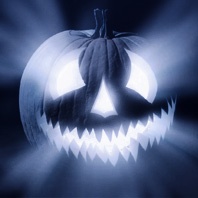
In 2020 the full moon will fall on a 31st October and a Halloween party can take place in the full moon light. The imagination of people fits this well apparently, because no matter where you look, the full moon can be seen in all portrayals of Halloween. In historical terms, there is no connection, however. Halloween is the evening before All Saints’ Day (originally: »All Hallows’ Eve«). The basic idea of this festival is the remembrance of saints and it is connected to the wish to drive out bad spirits. This is how the gruesome costumes came into play.
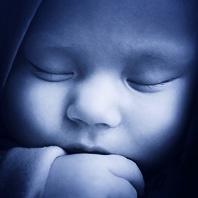
We have already reported about the subject »Sleeping at the full moon« with the insight that the phenomenon of a restless or bad sleep around the full moon apparently exists for many people, however, we are groping in the dark if looking at the background. Generally, sceptics claim that the insufficient sleep is connected to the fact that the people concerned are more or less aware of it being full moon and therefore eventuate a self-fulfilled prophecy. Those affected, counter that they often find out afterwards whether it was the full moon or it had not occurred to them yet to make this connection at all.